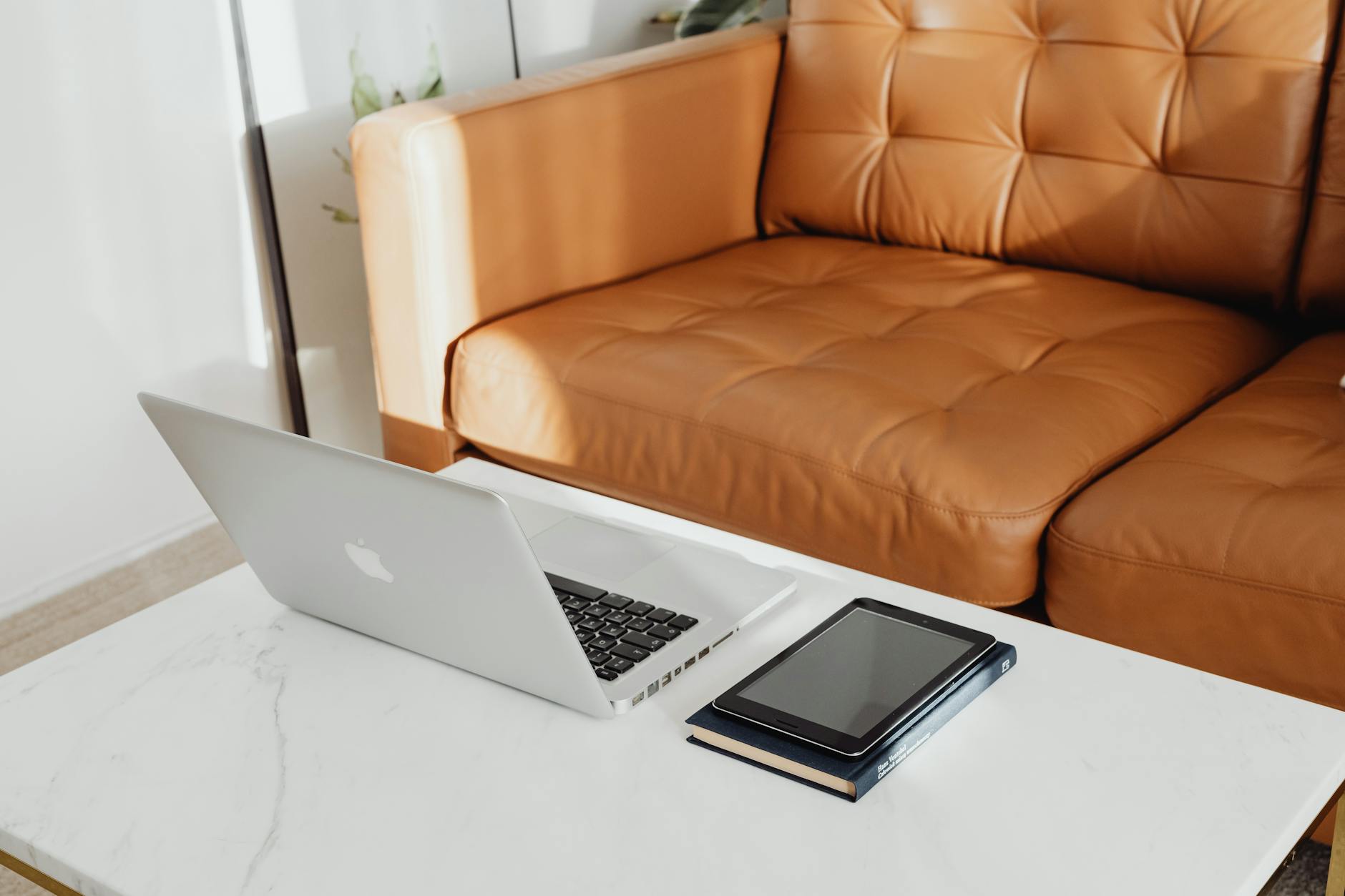What Makes Universal Remotes Ideal for Australian Schools?

Advantages of Universal Remotes
Simplifying Tech Management
Using a universal remote can seamlessly streamline equipment management in educational settings by unifying control over various devices like projectors and audio systems. It alleviates the stress of juggling multiple controllers, allowing educators to focus more on their teaching. Picture how engaging an interactive exhibit at the Melbourne Museum becomes when technology operates smoothly without hitches. This simplification is a game-changer for busy educators aiming to keep their classrooms dynamic and interactive.
Enhancing User Experience
Universal remotes enhance user experiences by providing intuitive control, diminishing the learning curve for teachers and students. Instead of the cumbersome task of managing multiple remotes, educators can swiftly switch between devices, boosting the flow of classroom activities. This ease of use is akin to moving through a tech talk at the Melbourne Convention and Exhibition Centre without any tech glitches, making each session engaging and impactful.
Boosting Operational Efficiency
By consolidating control into one device, a universal remote boosts operational efficiency in educational settings. Teachers can execute commands quickly and seamlessly, ensuring lessons progress smoothly without technical interruptions. It's similar to the precision required within a large event, where minor delays can disrupt the momentum. With universal remotes, the educational experience becomes more efficient and enjoyable, allowing educators to fully harness the technology available to them, just like how acoustic panels enhance sound experience in a venue. This efficiency ensures that technology becomes an enabler rather than a barrier in the classroom.
Ideal Features for Schools
Compatibility with AV Systems
Understanding AV systems is crucial when integrating technology into the classroom. A seamless connection can significantly enhance educational experiences. For instance, having a motorised projector screen that pairs effortlessly with existing projectors reduces setup time and potential errors. Ensure that your AV equipment, including av cables, fits your universal remote to manage your devices efficiently. Imagine a classroom where switching inputs or adjusting volume is as simple as pressing a button, akin to what you might see during tech talks at the Melbourne Convention and Exhibition Centre.
Ease of Configuration
When selecting technology tools, consider the ease with which they can be configured. User-friendly interfaces and intuitive settings can make all the difference for educators keen on incorporating the latest tech but short on time to troubleshoot complex systems. Many advanced tech tools now offer straightforward app-based configurations, allowing you to set preferences with minimal effort and without extensive technical support.
Durability and Reliability
In a bustling educational environment, durability and reliability of tech tools cannot be overstated. Equipment should withstand frequent use and, at times, less-than-gentle handling. Selecting products that are robustly built will ensure long-term use, saving schools from recurrent replacement costs. Rely on reviews and expert opinions, much like those presented at educational sessions and panel discussions, to inform your purchasing decisions and classroom integration strategies. By focusing on these features, educators can foster a dynamic learning environment that empowers both teachers and students.
Implementing in Australian Schools
Integrating with Existing Infrastructure
Integrating cutting-edge technology such as data projectors into Australian schools is a thrilling opportunity for modern educators. When I think about transforming the classroom experience, I envision seamless setups that mirror the immersive learning environments at the Melbourne Museum's interactive exhibits. For successful integration, it's important to conduct a comprehensive assessment of your existing resources. This ensures compatibility and helps identify any potential upgrades needed. Steps include evaluating current AV systems, reviewing network capabilities, and ensuring power supplies meet the demands of new devices.
Training for Effective Use
Beyond integration, the real magic lies in how these technologies are utilized. Drawing inspiration from the tech talks at the Melbourne Convention and Exhibition Centre, ongoing training is key. Educators can hold regular workshops for staff, emphasizing hands-on practice with various tech tools. This empowers teachers to confidently navigate and employ these resources, resulting in enriched learning experiences for students. Establishing a peer support system where tech-savvy educators mentor others can further enhance this process.
Case Studies from Australian Schools
Listening to success stories from others can be profoundly enlightening. Australian schools embracing technology have seen significant advancements. For example, schools that integrate data projectors have reported improved student engagement and interactive learning scenarios. These case studies often highlight the benefits of aligning tech strategies with educational goals. They also showcase innovative classroom integration strategies, reinforcing how the right tools can transform ordinary lessons into captivating educational journeys.
Challenges and Solutions
Addressing Connectivity Issues
When tackling connectivity issues in educational environments, mesh radios serve as an excellent solution. These devices can create a robust network infrastructure, ensuring that every corner of your classroom remains connected. It's vital to integrate these radios in such a way that they do not interfere with existing technology. To achieve this, it can be beneficial to consult with tech experts during installation.
Managing Device Security
Securing the devices is crucial, especially when dealing with sensitive information in schools. It's important to establish strict user access controls and regularly update security software. Incorporate network encryption practices to add an additional layer of security. Encouraging students to use strong passwords and educating them on safe online practices can significantly mitigate risks.
Mitigating Technical Malfunctions
Experiencing technical glitches during lessons can be frustrating. To counter this, routine maintenance and testing of all technological devices are recommended. Ensuring that backup systems are in place allows for quick recovery from unforeseen failures. Additionally, offering training sessions at places like tech talks at the Melbourne Convention and Exhibition Centre can help educators stay informed about troubleshooting common issues.
Integrating these solutions into your classroom strategy empowers educators to confidently embrace technology, transforming teaching and learning experiences.
Best Strategies for Success
Embracing Consistent Software Updates
We all know maintaining a smooth classroom experience in the bustling vibe of Melbourne's tech scene requires diligence, especially when it comes to keeping software up-to-date. Implementing regular software updates is essential to ensure universal remotes function optimally with the latest AV systems. Much like the ever-evolving exhibits at the Melbourne Museum, staying current with updates helps in adapting to software innovations and resolves minor glitches before they disrupt our teaching flow. This prevents frustrating interruptions during lessons and ensures compatibility with new devices making their way into our classrooms.
Empowering Through User Training and Support
In the dynamic environment of tech talks at the Melbourne Convention and Exhibition Centre, cultivating knowledge and confidence is key. Providing comprehensive user training and support empowers educators to leverage these technological tools effectively. Workshops, perhaps conducted at places like the State Library Victoria, could play a pivotal role here, bridging any skill gaps among teachers. Furthermore, establishing a peer-support network aids in sharing practical insights, making tech integration in day-to-day lessons feel as seamless as the interactive learning experiences we strive to create.
Prioritising Eco-Friendly Usage
In a city that values sustainability, it's important we incorporate eco-friendly usage policies into our tech strategies. Encouraging responsible electronic usage, such as powering down remotes when not in use or choosing devices made from recyclable materials, reflects our commitment to a greener future. These small yet impactful measures not only reduce energy consumption but also model ecological responsibility to our students, embodying the innovative spirit of Melbourne while caring for our environment.


